Boost Holiday Sales with Smart Merchandising and Analytics
Everyone knows Black Friday is one of the biggest shopping periods of the year. Two-thirds of shoppers admit to holding off on making big purchases until Cyber Week, anticipating significant discounts. In fact, based on Salesforce’s recent holiday shopping research, 65% of customers believe Black Friday period offers the best deals every year.
To make the most of the high traffic this holiday season, retailers need to provide a personalized shopping experience, create a good merchandising strategy and leverage the latest site search technology (because according to Salesforce, shoppers who use search convert 300% better).
This comprehensive guide breaks down everything you need to do to make this holiday shopping period a success.
Let’s get started.
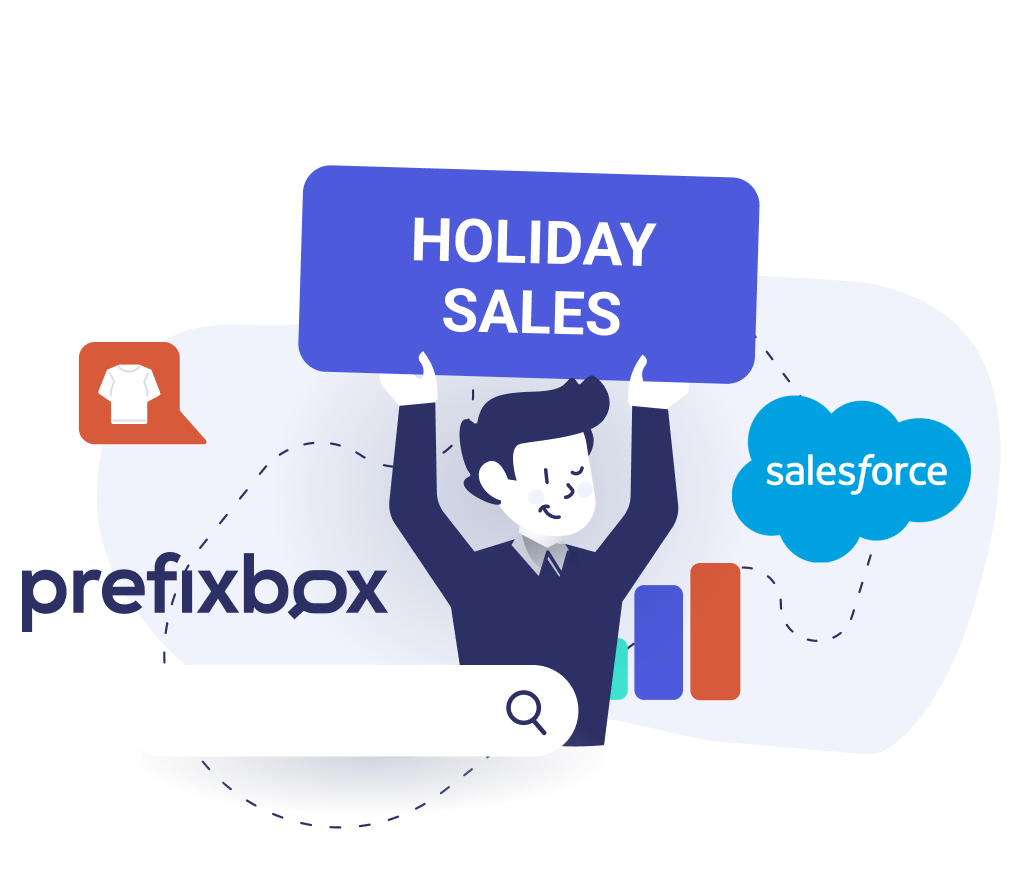
Understanding Seasonal Trends with Analytics
To prepare for the Black Friday period, understanding trends in shopper behavior is key.
You can use information about seasonal trends to not only inform pricing decisions, but also to create marketing campaigns and merchandising strategies.
Start by analyzing customer behavior patterns to forecast future trends. For instance, identify products that start to gain traction as Black Friday approaches. Additionally, review the types of products and categories that were popular during the same period last year to anticipate this year’s demand.
In addition to looking at historical data, you can leverage the Salesforce Holiday Predictions 2024 report to understand trends and shopper expectations for this holiday period. Here, Caila Schwartz, Research Insights Director, analyzes aggregated and anonymized data from Salesforce Commerce Cloud customers then uses a model to extrapolate it to the rest of the market. Using voluminous data like this can help inform how this season will be different from prior.
Once the holiday period starts, continuously track customer preferences by monitoring search and purchase data to pinpoint popular products, ensuring you stock up on items that are likely to drive sales.
These data-driven tactics ensure help in marketing efforts and inventory planning to maximize revenue-generation during the holiday shopping season.
Improve Product Discoverability
After identifying the products to discount this holiday season, the next major decision is how to make them easily discoverable.
Site search is one of the most important areas of your online business because if shoppers can’t find what they’re looking for, they can’t buy it.
Based on data from Prefixbox, approximately 27% of online shoppers use the search function on a website and generate 71% of all online revenue. That’s because shoppers who use the search function have a high purchase intent because they are looking to buy something specific.
Even though search is so important, retailers often miss the mark because 78% of consumers reported that the site search function on retail websites sometimes provides irrelevant results. This has a huge, negative impact as 68% of shoppers report not being willing to shop on a site with a poor search experience.
That is a shame because retailers who leverage an AI-powered search solution can increase core KPIs by 25% (based on Prefixbox’s data).
In order to make products easily discoverable, you need to think about your search performance in addition to product recommendations.
There are essentially 3 main areas to handle when it comes to enhancing product discoverability.
- Optimize your search. To do this, follow site search best practices. Additionally, make sure your product meta-data is optimized for discoverability. Not only does the product need to have the right attributes listed, but those attributes need to be analyzed in an intelligent way (think by relevance and popularity), so that the right product can be surfaced at the right time.
- Improve on-site navigation to highlight promoted products on as many pages as possible, using personalization, merchandising, and advanced product listing page features.
- Drive traffic directly to promoted products’ pages. For this, use carousel-type social banners to showcase and link to specific product pages.
Power of Product Listing Pages
Retailers should create standalone custom Product Listing Pages (PLPs, or Category Page) for Black Friday, including only promoted items. These can be further segmented by category, including only discounted products in that category, as shown on the picture below.
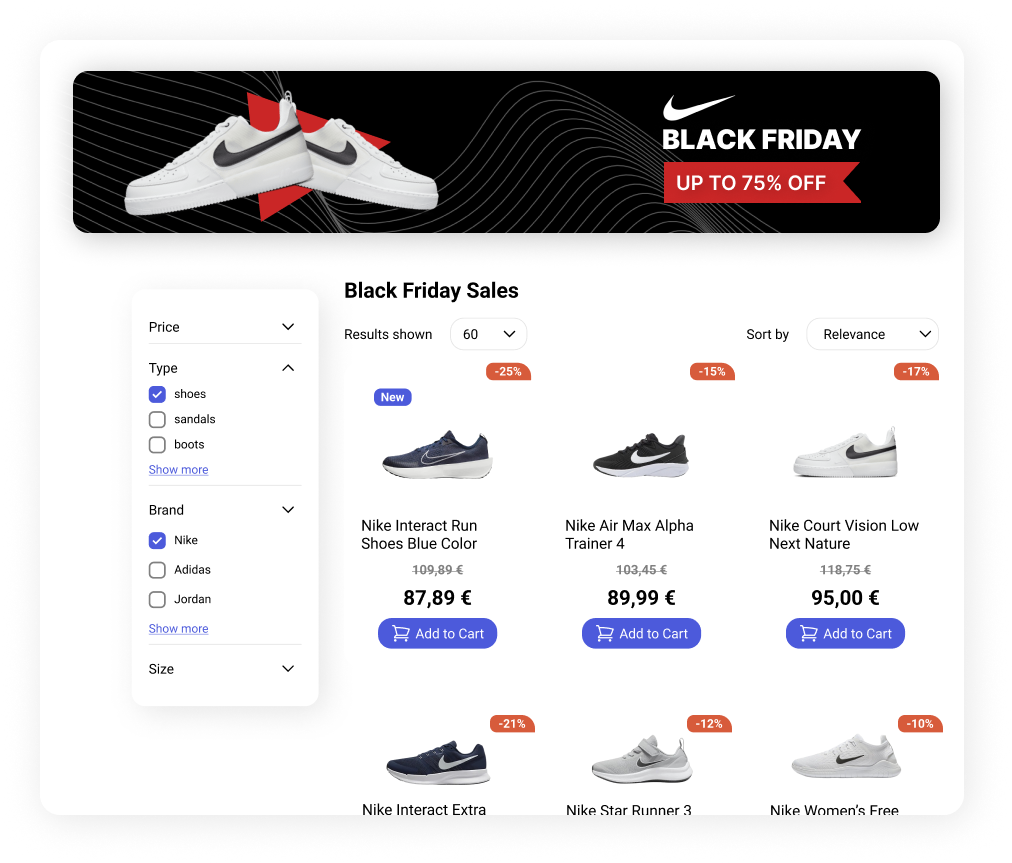
These can serve as the landing pages for your holiday marketing campaigns, such as:
- An email campaign to loyal customers or subscribers offering early access or special discounts
- A social carousel banner that drives traffic to specific product pages, with the main Black Friday page featured as the first or last slide of the carousel.
A dedicated page makes it easy to create audiences of Black Friday shoppers for retargeting in current or future campaigns. Additionally, featuring only the promoted products improves user experience and helps reduce churn.
Since these pages can leverage the same advanced features of Search Engine Result Pages, they have dynamic filters and rich product tiles that let shoppers quickly add products to their cart.
It’s important to leverage personalization and AI ranking on Product Listing Pages because many products can appear here.
In order to increase engagement on these pages, have them personalized to individual shoppers to highlight the brands they prefer or products in their sizes.
Additionally, AI re-ranking is important here to make sure the most popular products appear at the top. This way, shoppers can quickly find what they’re looking for and proceed to check-out.
Merchandising
Merchandising is one of the most powerful tools to drive product discovery during the holiday season.
Merchandising tools enable retailers to promote the products they want to sell by creating banners, ads, and by giving them the power to override Search Engine Results Page product ranking to place promoted items in top positions, generating higher visibility.
When creating your merchandising strategy, don’t forget to factor in your inventory and continually monitor your campaign performance and stock levels. There’s nothing more frustrating than accidentally promoting an out of stock item, or under-promoting inventory that needs to be cleared out.
On the topic of using merchandising to clear out stock, think about using clever, new ways to freshen old inventory in order to spur last minute checkouts. For example, you could curate a holiday look made from slower-moving inventory. This can help make the products relevant and desirable.
Homepage
Other than dedicated landing pages the marketing team drives traffic too, the homepage is one of the most frequented pages on the website, so it’s important to make the most of that real-estate.
Add banners or navigation tiles that can direct shoppers to different category pages like “biggest discounts”, “best deals”, most popular brands, newest products, products with the highest ratings.
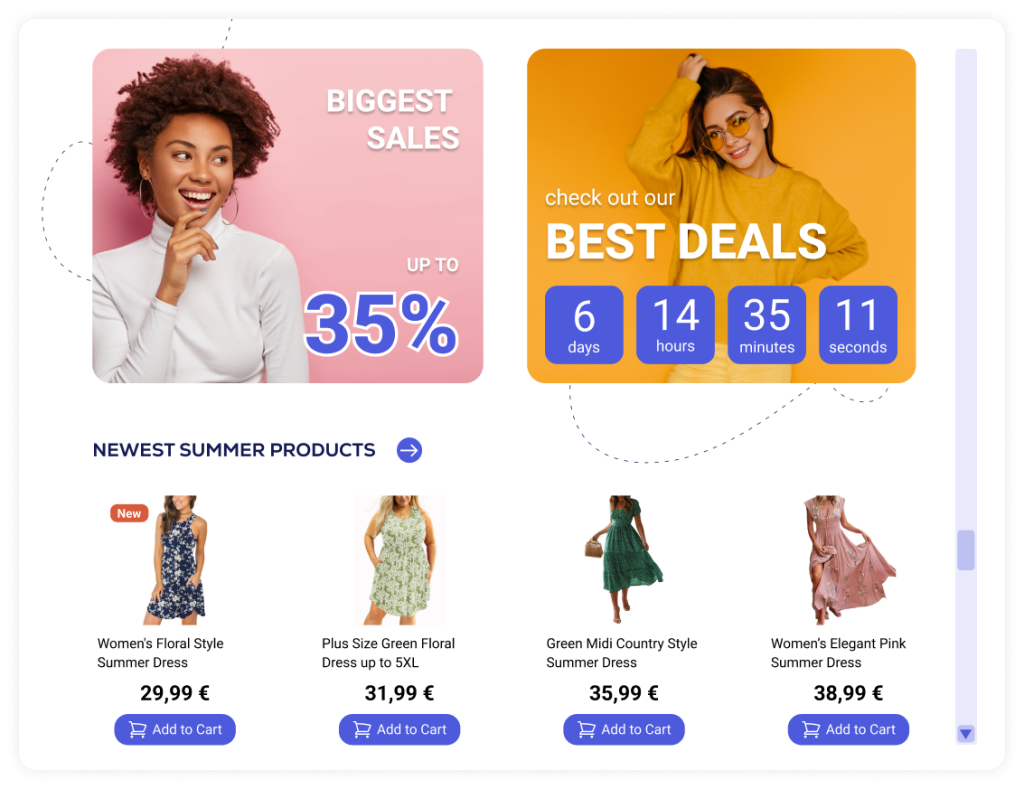
PLP (Product Listing Pages)
Merchandising here can be useful to override the search results so retailers can pin products with the best margins to the top of the page or to create dedicated branded landing pages.
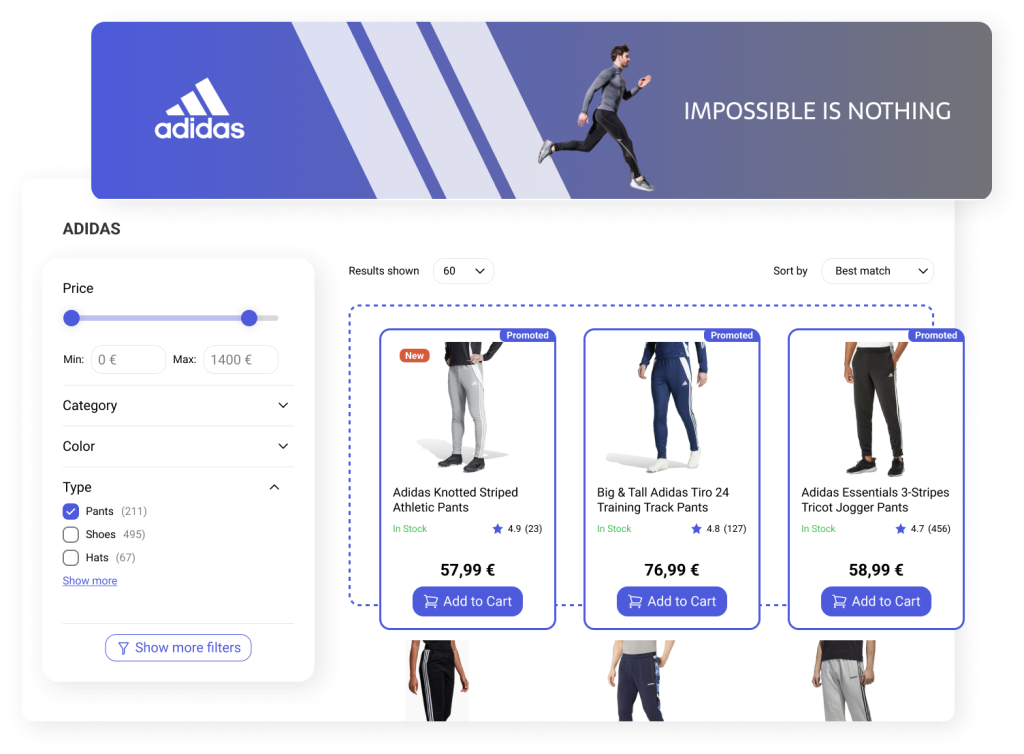
SERP (Search Engine Result Page)
The Search Engine Results page is a great place for merchandising to both promote the products you want to sell and to also streamline the shopping journey and help shoppers navigate your site easier.
Intent clarification tiles can be placed at the top of the SERP to help shoppers quickly narrow down results to simplify the product discovery process.
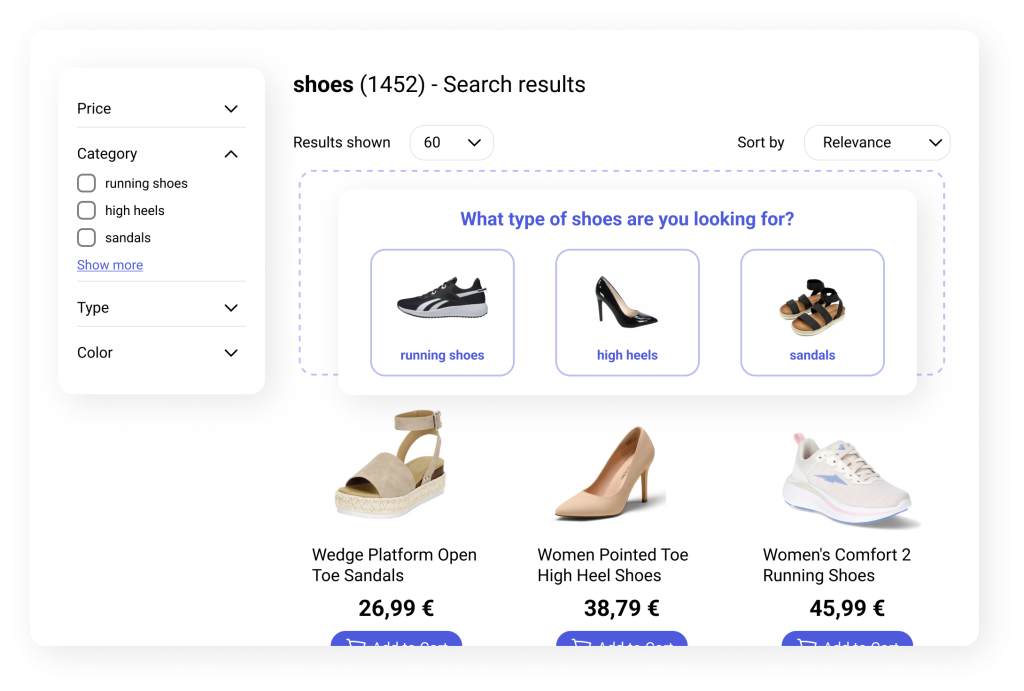
Use ads and promotions to pin products you want to highlight (either because of great margins or stock levels) to the top of, and above, the SERP so shoppers see them more frequently.
It’s important to select the products in the first two positions on the SERP because based on data from Prefixbox’s analytics portal, products listed in the first position have a 63% higher Engagement Rate than products ranked lower. And products in the second position have a 30% higher Engagement Rate than those ranked lower.
If there are products you really want to push this holiday season, make sure they’re ranking highly!
Promotional Campaigns
During the holiday period, marketing campaigns shouldn’t end at driving traffic to the website; marketing teams should think their campaigns through all the way to check-out. For example, teams should create a cohesive shopping journey leveraging personalized campaigns that drive shoppers to relevant category pages and retarget those who abandon their carts.
By using marketing tactics like retargeting and audience segmentation to deliver specific messages to different user group profiles, retailers can deliver a seamless, personalized journey and will benefit from higher revenue, great conversion rates, and increased customer loyalty.
To create effective promotional campaigns, make sure you leverage data:
- Using profile and behavior identifiers can help you evaluate whether to actually give that 10% off welcome coupon to a specific user.
- Targeting promotions based on likelihood to influence means that if a promotion won’t improve conversions, it can be banked for a different shopper. This drives promotion effectiveness and saves on cost.
Personalized Experience
72% of shoppers prefer shopping online mainly because it is more convenient than going to traditional brick-and-mortar stores. With personalization, retailers can make shopping even easier and enhance the overall user experience. At this point in E-commerce, providing a personalized shopping experience is expected.
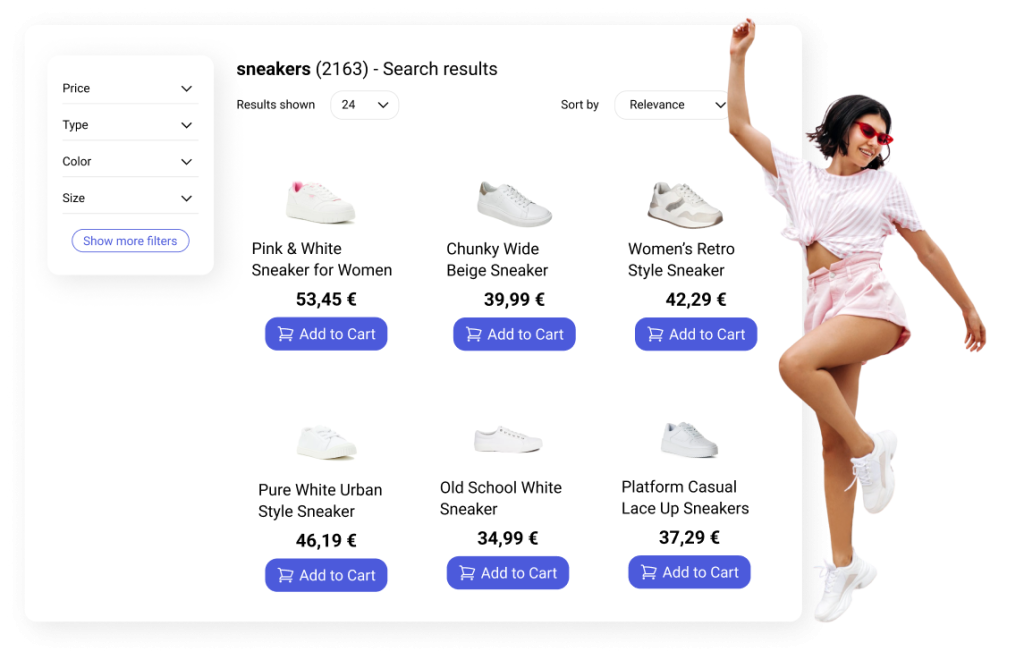
When creating your E-commerce personalization strategy, think about using the data that’s already available in your Customer Data Platform (CDP). The user profiles in your CDP can not only be used for creating marketing campaigns, but also for enhancing site search functionality too.
This includes creating personalized experiences on Product Listing Pages (like Black Friday collection pages) and highlighting preferred product types, or brands, based on historical purchases, for example.
Personalization is the driving expectation of today’s shopper. Knowing when to pull back or reach out is just as important. Adding in case suppression and identifying consumers likely to disengage in order to inform your messaging strategy can lead to a lower unsubscribe rate.
Cross-Selling and Bundles
Don’t forget about cross-selling and bundling products to increase revenue during the holiday period.
For example, combine promoted items or products with high inventory levels with your most popular items using product recommendation modules. These modules can be strategically placed on product detail pages and cart pages to encourage additional purchases.
Enhance visibility and attract more attention by adding badges to your Black Friday product bundles, making them stand out to shoppers. This not only increases product visibility but can also significantly boost conversion rates.
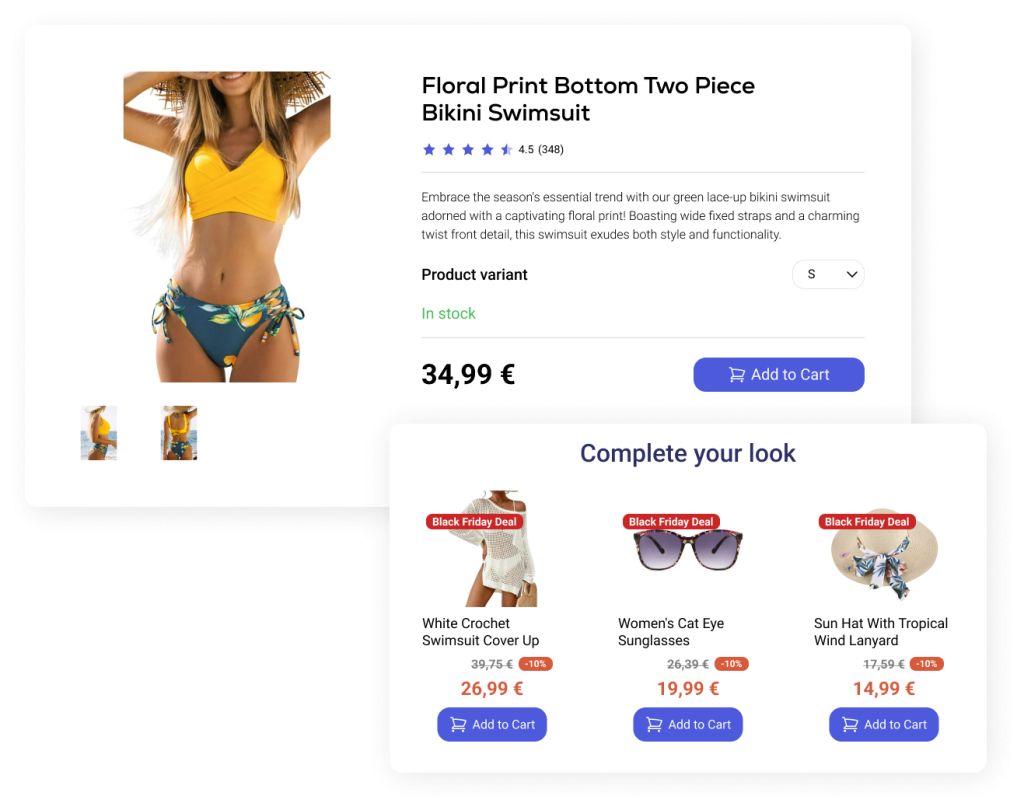
Don’t forget to leverage data when crafting your bundling strategy. Consumer insight and market basket analysis could make bundles more effective as they are created around products frequently moving together. And bundling in products that have a lower attach rate could mean clearing them out faster.
Integrate Search Analytics and Merchandising
To make the most of the holiday period, retailers shouldn’t forget about data monitoring during and after the sales period.
E-commerce specialists can only make informed, data-driven decisions if they follow the most important KPIs closely. To do this, set up automated reports or dashboards to continuously, and easily, stay up-to-date.
Be sure to set up automatic alerts (e-mail or platform notifications) for business critical information. For example, to be updated immediately when an item goes out of stock, so you can stop, or switch, merchandising promotions.
Some of the most important KPIs to keep track of:
Product Revenue
Helps identify products sold the most, so you can adjust promotional campaigns or cross-selling strategies accordingly.
Search Click-Trough Rate
The proportion of searches with any products clicked on the Search Engine Results Pages. Helps evaluate the relevance of the site search engine, which can be improved with data-driven personalization.
Cart Abandonment Rate
Percentage of shoppers who add items to their cart but do not complete the purchase. These users can be retargeted through e-mail or other online campaigns, offering special bundles or discounts to encourage them to finish the process.
In addition to retargeting, identifying reasons for cart abandonment could lead to better conversions. For example, adding more details to product descriptions or better photos, or 3D imaging could mean less hangups at checkout. Or if a shopper is held up by high shipping costs, offering a shipping promotion in the abandoned cart email can help them convert.
Banner Impressions and Clicks
Number of times merchandising banners are displayed to and clicked by shoppers. Essential for evaluating the performance of promotional campaigns.
Promotional Items Purchased
The number of purchases of items highlighted by merchandising tools. Evaluate campaign performance by comparing purchase numbers to a pervious period, or to non-promoted items.
Top Search Queries
Shows the most popular terms shoppers type into the search box.
Zero Result Search Rate
Measures the proportion of searches that do not return any relevant results. Effectively reduce this by adding synonyms and setting up redirect rules.
Since zero result pages can’t be completely eradicated, maximize them by adding Related Searches or Related Products so shoppers can easily continue their shopping journey.
Search Success Rate
The percentage of product search sessions where users engaged with (clicked or carted) at least one product on the search engine result page.
A low SSR signal issues with search relevance and is a sign you should dig deeper into search performance.
In addition to the above, it’s important to bring together marketing and E-commerce data to help you identify top performing campaigns.
You can take your analysis even further by checking out lesser-known metrics like Promotional ROI or Sale Velocity to get further insights.
Conclusion
This holiday season, leverage the power of advanced site search tools such as Merchandising, Product Listing Pages and AI-driven personalization to significantly increase your E-commerce sales.
Analyzing seasonal trends and customer behavior allows you to anticipate demand and stock up on popular items.
Enhance product discoverability by creating dedicated landing pages and using merchandising strategies to highlight key products.
Personalization further improves the shopping experience by displaying relevant items first based on user preferences.
Monitor essential KPIs like product revenue, search click-through rate, and cart abandonment rate to make data-driven decisions and optimize your strategy in real-time to make the most of the holiday shopping season.
Find out more ways to get ready for the holidays in Salesforce’s comprehensive holiday preparation guide.
Authors



